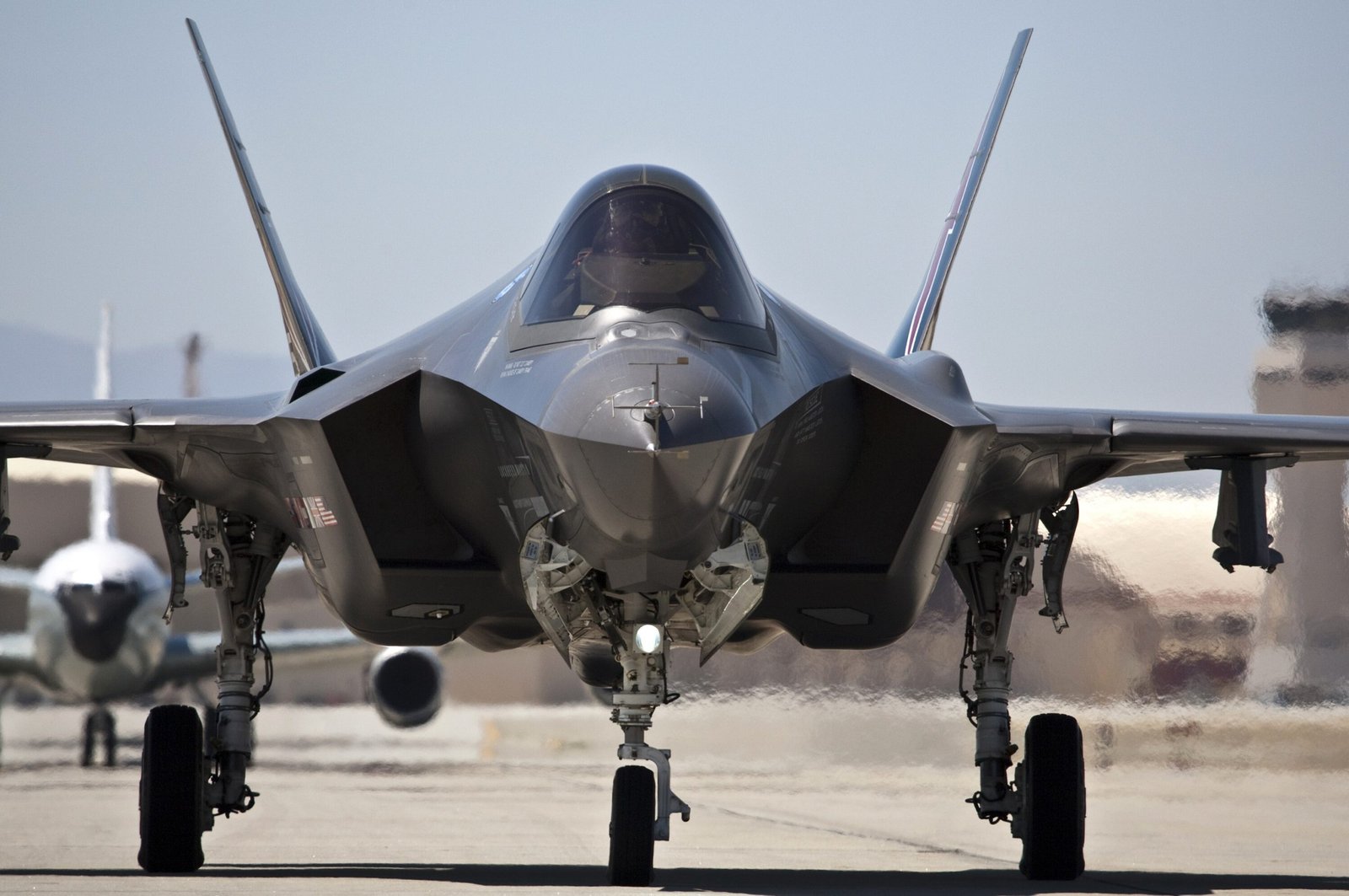
Securing Manufacturing Supply Chain
Securing Military Platforms’ Supply Chain
Recent news of F-35 aircraft with Suspected Unapproved Parts (SUPs) has raised concerns about the integrity of the supply chain for military platforms.

SUPs are not manufactured or certified parts to meet the original equipment manufacturer’s (OEM) specifications. They can be counterfeit parts, recycled parts, or parts that have been damaged or modified. SUPs can pose a safety risk to aircraft and other military platforms, as they may not meet the same performance standards as OEM parts.
In the case of the F-35, the SUPs in question were made of a compromised alloy. This compromise could affect the aircraft’s ability to withstand g-forces, friction, or other stresses. The extent of the impact is not yet known, but it is a serious concern that needs to be addressed.
The supply chain for military platforms is complex and global. It can be challenging to track the origin and quality of all the parts that go into a single aircraft or vehicle. This challenge makes it easier for counterfeit or substandard parts to enter the supply chain.
The impact of SUPs can be far-reaching. In addition to safety risks, SUPs can lead to financial losses, reputational damage, and downtime. They can also make it more challenging to maintain and repair military platforms.
Several steps can ensure the mitigation of the risk of SUPs. These include:
- Enhancing supply chain security by implementing robust tracking and verification procedures.
- Working with suppliers to ensure that they are using only genuine parts.
- Educating personnel about the risks of SUPs and how to identify them.
By taking these steps, we can help to protect our military platforms from the threat of SUPs.
Here are some additional details about SUPs:
- The FAA has found 3,000 SUPs since 2011.
- The estimated global economic cost of counterfeiting could reach $2.3 trillion by 2022.
- Some potential impacts of SUPs include loss of life, flight safety, structural/operational integrity, repair stations and their reputations, lost customers and future business, recall costs, rework costs, downtime and legal action.
A SUP is defined as follows:
“A part, component, or material that has not been manufactured following the approval procedures in FAR 21.305 or repaired following FAR Part 43; that may not conform to an approved type design; or may not conform to established industry or U.S. specifications (standard parts). Such unapproved parts may not be installed on a type certificated product unless a determination of airworthiness can otherwise be made.”
Several different guidance documents are available for detecting and mitigating SUPs. These documents vary depending on the type of part under consideration. The FAA, EASA, and ATSB all have guidelines available. However, all of these guidelines are probabilistic, meaning that they do not definitively determine whether a part is a SUP.
There is a need for a more definitive and less probabilistic solution to the problem of SUPs. One potential solution is to use technology to identify the silicon ‘biometrics’ or, better still, silicon metrics that are different for each electronic device. These metrics would allow for uniquely identifying electronic parts and tracking their path through the supply chain.
While this is not a perfect solution, it is a promising step towards protecting our military platforms from the threat of SUPs.
